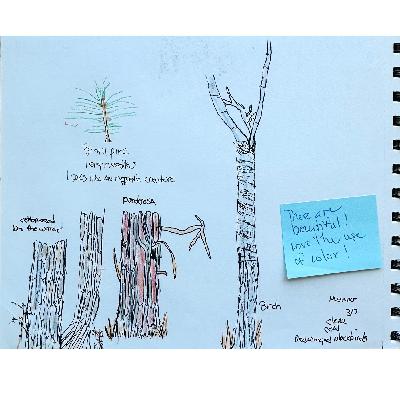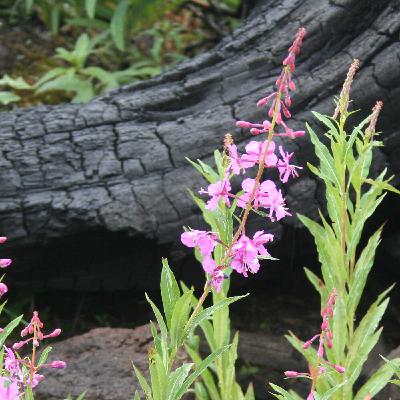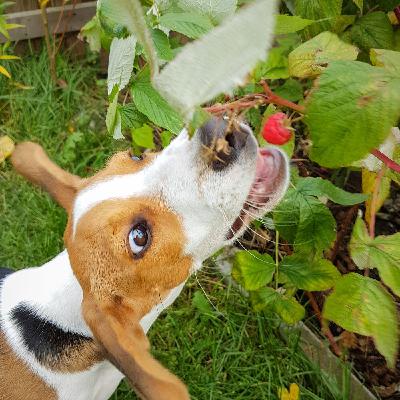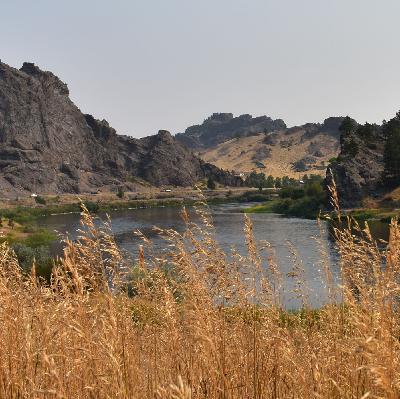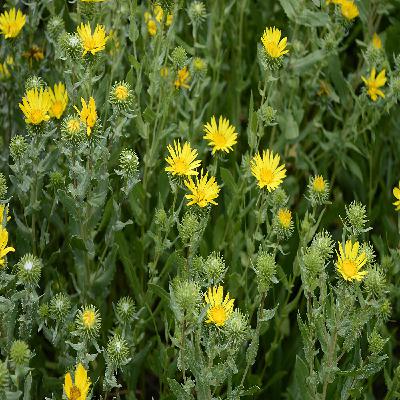Discover Field Notes
Field Notes

137 Episodes
Reverse
There is a pine needle on my kitchen table. There is a pine needle in my soul. If I could only put that on paper.
As the days grow shorter and nights turn cooler, I find myself drawn outdoors at sunset.
As I watched these mountain bluebirds, likely catching those pesky mosquitoes for their dinner, I felt a familiar comfort in their presence.
Fireweed’s vibrant flowers provide sweet nectar to native bees, flies, butterflies, and even honeybees, if their hive is nearby.
Oak gall ink was the most popular ink in Europe from the Middle Ages to the 19th century. The Book of Kells from A.D. 800, the Magna Carta, and the Declaration of Independence were all written in gall ink.
My eyes slowly followed the tree down to the base when I saw that my dog was carefully pulling the berries right off the branches and swallowing them down.
This amazing place has seen it all, from a giant sea to volcanoes and glaciers to today’s semi-arid desert.
Clueless as to what this was, I relied on a phone app for identification. Curlycup gumweed? Who came up with that creative name?
On the suggestion of an experienced birder, I bought a wire wreath and stuffed it with unshelled peanuts. The magpies spent hours skirmishing with each other to grab a peanut. I reveled in the mayhem.
There were tulip poplars, also known as yellow poplars or tulip trees. No tulip maples. I’d thought I’d seen the real thing in Washington, DC. No such beauties adorned my backyard.
Throughout history, people have been captivated by owls. There are 260 species of owls across the planet. They can be found on every continent except Antarctica.
I’ve always been fascinated by ruffed grouse. For such a small, skittish-seeming bird, they have a hugely outsized presence in the soundscape of the forest.
It’s easy to see how the nighthawks’ idiosyncrasies make them a crowd favorite, but what I love most about them are the cherished memories they resurrect.
A lone Sandhill Crane stood at the edge of the marsh feeding, its bill dipping repeatedly through the mud with a series of rapid, steady bursts reminiscent of a sewing machine’s insistent motion.
Earthworms use their entire body to breathe. Burrowed deep in the ground — slow moving, slow metabolizing — their long frames tighten and relax and pull the air they need from soil.
They looked like bulging stockings decorating a mantle at Christmastime. They were certainly gifts of a sort for our winter-weary senses. These were the unique nests of Bullock's Orioles.
In the natural world, how to persist—how, even, to improve—in the face of limits and uncertainty can be a punishing question.
As I drove home from Missoula, I was alarmed to see wildfire smoke across the freeway from my house in Frenchtown. Even more concerning was the convoy of pickups pulling stock trailers.
We have three species of garter snakes in Montana. The snake couple I saw were the terrestrial species, Thamnophis elegans, who can lack the colorful markings of the other two.
In late 2020 I’m spending mornings masked, working in a lab in the University of Montana Zoological Museum. The museum houses research collections of natural artifacts like skins and skeletons. But behind the scenes museum staff tend a single living collection: a colony of dermestid beetles, the meticulous scavengers that scour flesh from bones before a skeleton can be installed in the museum.


